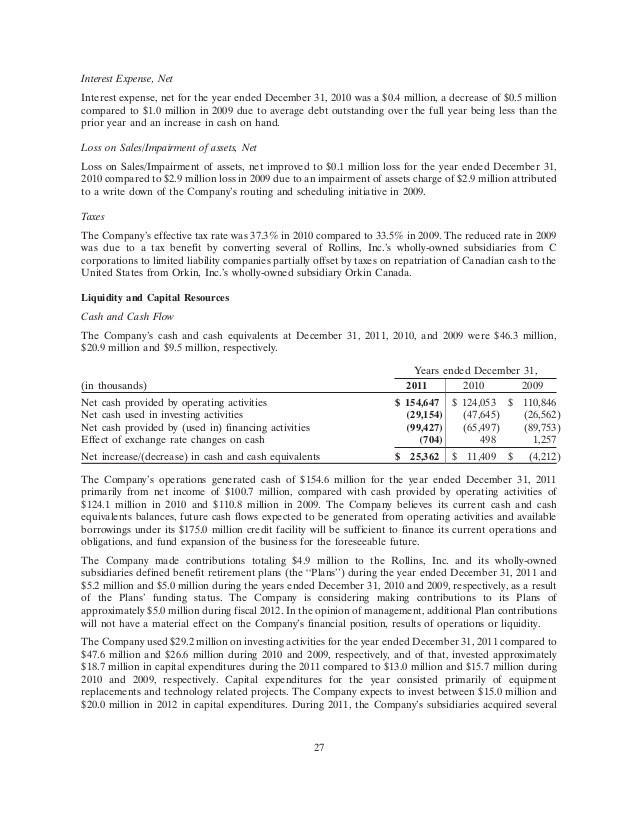Financial Resources and Liquidity OffBalance Sheet Arrangements
Post on: 22 Октябрь, 2015 No Comment

Off-Balance Sheet Arrangements
We use off-balance sheet arrangements in the ordinary course of business to improve shareowner returns. Beyond improving returns, these securitization transactions serve as funding sources for a variety of diversified lending and securities transactions. Our securitization transactions are similar to those used by many financial institutions. In a typical transaction, assets are sold by the transferor to a special purpose entity (SPE), which purchases the assets with cash raised through issuance of beneficial interests (usually debt instruments) to third-party investors. Investors in the beneficial interests usually have recourse to the assets in the SPEs and often benefit from credit enhancements supporting the assets (such as overcollateralization). The SPE may also hold derivatives, such as interest rate swaps, in order to match the interest rate characteristics of the assets with those of the beneficial interests. An example is an interest rate swap converting fixed rate assets to variable rates to match floating rate debt instruments issued by the SPE.
Historically, we have used both GE-sponsored and third-party entities to execute securitization transactions in the commercial paper and term markets. With our adoption of FIN 46, Consolidation of Variable Interest Entities. on July 1, 2003, we consolidated $36.3 billion of assets and $35.8 billion of liabilities in certain sponsored entities and stopped executing new securitization transactions with those entities. We continue to engage in securitization transactions with third-party conduits and through public, market term securitizations. In December 2004, we acquired AFIG which added $9.1 billion of securitized mortgage loans in consolidated, liquidating securitization entities. Without AFIG, assets in consolidated, liquidating securitization entities were $17.7 billion, down $9.0 billion. See note 29 .
Assets held by SPEs include: receivables secured by equipment, commercial and residential real estate and other assets; credit card receivables; and trade receivables. Examples of these receivables include loans and leases on manufacturing and transportation equipment, residential mortgages, loans on commercial property, commercial loans, and balances of high credit quality accounts from sales of a broad range of products and services to a diversified customer base. In certain transactions, the credit quality of assets transferred is enhanced by providing credit support. Securitized off-balance sheet assets totaled $34.4 billion and $26.8 billion at December 31, 2004 and 2003, respectively.
We provide financial support related to assets held by certain off-balance sheet SPEs through liquidity agreements, credit support, and guarantee and reimbursement contracts. Net liquidity support amounted to $2.3 billion at December 31, 2004, down from $3.1 billion a year earlier. Credit support, in which we provide recourse for credit losses in off-balance sheet SPEs, was $6.6 billion as of December 31, 2004. Potential credit losses are provided for in our financial statements. Based on managements best estimate of probable losses inherent in the portfolio of assets that remain off-balance sheet, our financial statements included $0.1 billion representing the fair value of recourse obligations at year-end 2004. See note 29 .
We periodically enter into guarantees and other similar arrangements as part of transactions in the ordinary course of business. These are described further in note 30 .
We have extensive experience in evaluating economic, liquidity and credit risk. In view of this experience, the high quality of assets in these entities, the historically robust quality of commercial paper markets, and the historical reliability of controls applied to both asset servicing and to activities in the credit markets, we believe that, under any reasonable future economic developments, the likelihood is remote that any financial support arrangements could have an adverse economic effect on our financial position or results of operations.














